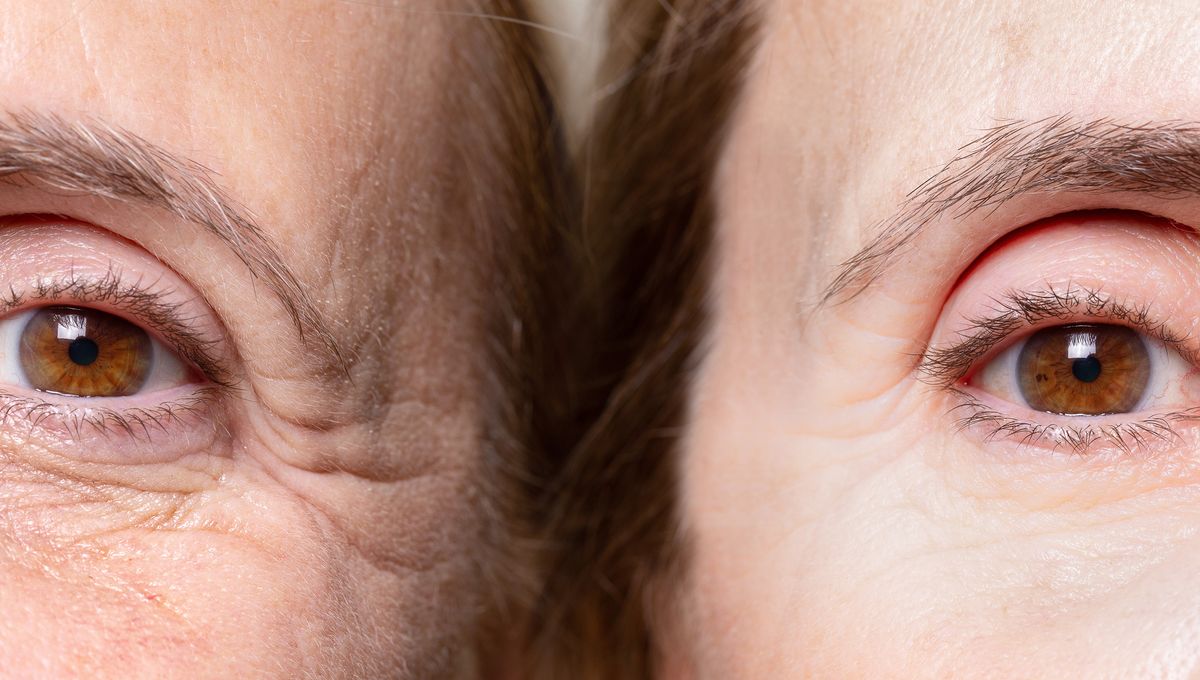
Call it Botox, Dysport, or Jeuveau – there’s no denying that injections with botulinum toxin A are popular. In fact, over 8.7 million cosmetic procedures were carried out with them in the US in 2022. But does their regular, long-term use make any real difference to the faces of those who receive them? A case report on the use of Botox in identical twins suggests that it might.
The first evidence came from a case report published in 2006. The stars of the show were a pair of 38-year-old identical twin sisters, with the study comparing the presence of imprinted, or permanent facial lines between the two.
One twin had received Botox injections in the forehead and glabellar region (the bit between the eyebrows) two to three times a year for 13 years, and in the crow’s feet twice in the two years preceding the report. The other twin had only received Botox on two occasions – three and seven years before the report, in the forehead and glabellar region.
Photos of each twin were taken with their faces at rest and when smiling, both from a face-on view and from each side. The photographs revealed imprinted forehead and glabellar lines on the sporadically treated twin and a lack thereof on the regularly treated twin, both at rest and smiling. Crow’s feet were visible on both twins when smiling, but were considered less noticeable on the regularly treated twin. If you’re curious, you can see photos in the studies on the twins.
As a result, author Dr William J Binder concluded: “Long-term treatment with Botox can prevent the development of imprinted facial lines that are visible at rest. Botox treatment can also reduce crow’s feet.”
There’s an argument that perhaps the twins were aging differently, and that could be to blame rather than Botox – but Binder suggested that the similarity in smile lines, where neither had received treatment, would indicate otherwise.
In a follow-up case report published in 2015, it’s stated that both twins also used SPF 45-50 sunblock daily, neither used retinol, and they both led very similar, healthy lives – on opposite sides of the Atlantic. It’s for this reason that the authors conclude that the difference in lines between the twins couldn’t be attributed to differences in sun exposure either; the sporadically treated twin with more lines lived in Munich, where the average UV index is lower than Los Angeles, where the other twin lived.
The later case study had similar results to the first. “The treated twin exhibits virtually no forehead rhytides [fine lines] at rest, whereas static forehead rhytides are visible in the sporadically treated twin. Similarly, the crow’s feet are mild in the treated twin, deeper in the sporadically treated twin,” the authors write.
Although neither twin experienced any adverse effects, recent research into Botox has looked beyond the potential physical side effects. One study even concluded that Botox injections in the forehead could change how brains process emotions.
Source Link: One Twin Had Regular Botox, The Other Didn’t. This Is What Happened.